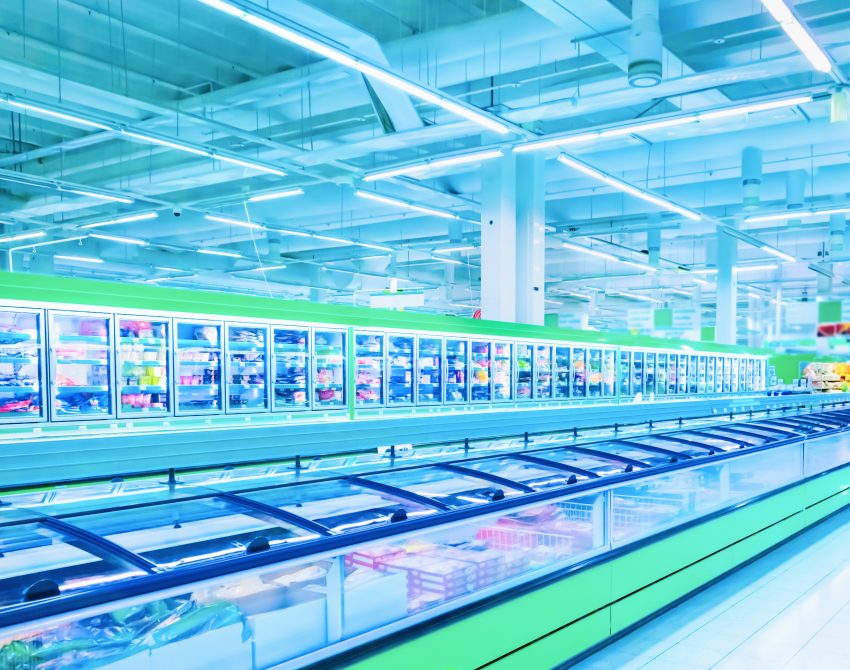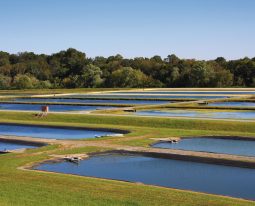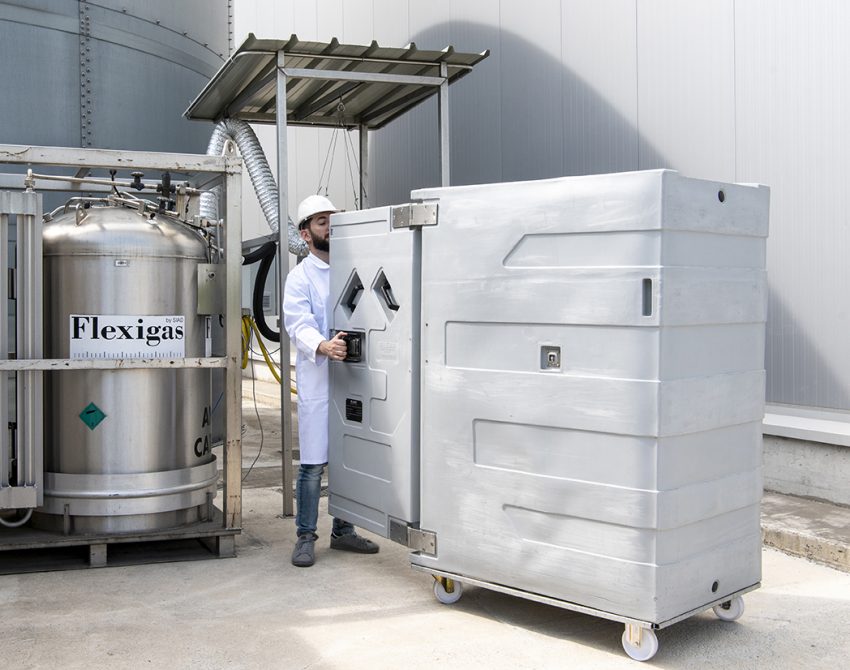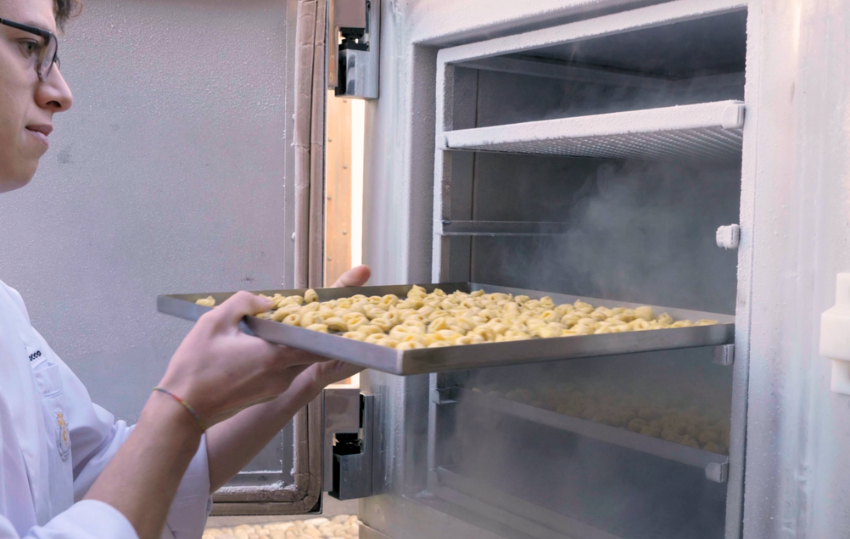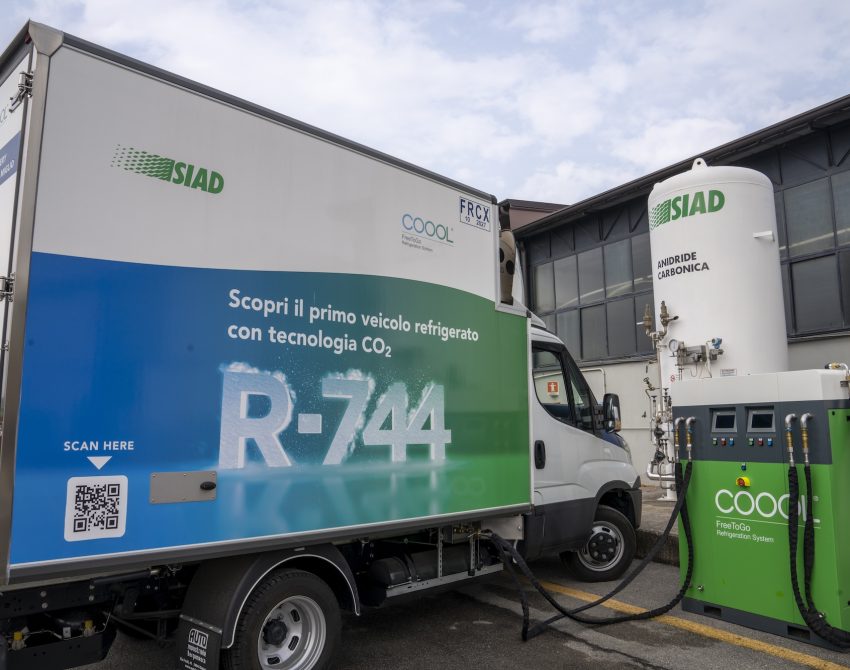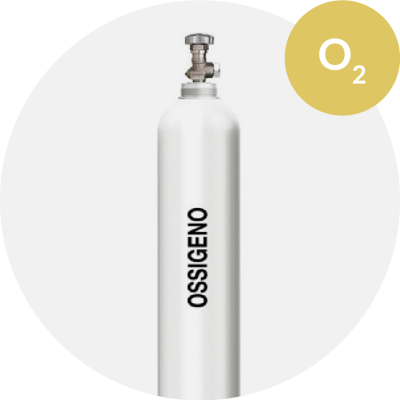Proper food storage, waste reduction and energy optimization, the evolution and innovation of large-scale retail is also played out on these axes. In this, maintaining the cold chain certainly has a specific weight, from the producer to the consumer, via the point of sale, where the refrigerated counter represents one of the energy-consuming assets. On this point, for some years now, all major players have been implementing renewal of the technological solutions adopted, clearly with a view to economic and environmental sustainability.
What about refrigerant gases? Since EU Regulation 517/2014 much has changed: with the introduction of the F-Gas Regulation, retail operators have had to adapt, identifying new solutions for refrigerated counters with refrigeration systems that use gases with the least direct environmental impact.
Therefore, the path laid out is clear, both because it is imposed by European compliance and because consumer attention to environmental issues requires actions that demonstrate the company’s concrete commitment in the direction of an increasingly sustainable economy in line with the goals of the UN Agenda 2030.
So what are the best solutions to adopt today?
How can large-scale retail brands navigate the current market offerings?
The difference lies both in the choice of state-of-the-art refrigeration equipment, installers and maintainers of refrigerated counters, and in the raw material used.Even in the realm of natural refrigerants, as we shall see, not all CO2 is the same, especially when considering its origin. A judicious choice of refrigerant gas supplier is essential here, giving preference to credible operators with a history of production and market presence that can guarantee maximum innovation in the field of natural refrigerant gases.
BioCO2: all carbon dioxide is not equal
But what can make even more of a difference for GDO is the quality of R744.
All carbon dioxide, in fact, is not equal, and at SIAD we know this well because to produce it we have created a perfect example of a virtuous circular economy, generating BioCO2 from biogas recovery.
Learn about the biomethane supply chain here.
The CO2 produced by SIAD is collected from the fermentation of biological processes, captured before direct release into the atmosphere, thus not burdening the ecosystem. Thanks to innovative upgrade technology from biogas, it comes from a renewable source.
This is just a part of the products and services that our Group has created with the needs of large-scale retailers in mind.
Learn more about SIAD’s gases and technologies for the food and retail industry
Fridge counter manufacturers and large-scale retail trade: the challenge of new refrigerant gases
Returning specifically to the large-scale retail trade, this scenario has meant that manufacturers and maintainers of refrigerated counters and cold rooms have had to respond to this regulatory requirement by devising alternative solutions. The result is the birth of a new generation of refrigeration equipment.
For signs, too, what used to be a forced choice has also become a conscious choice, seeking greener solutions that, today, improve energy efficiency, which is directly reflected in supply bills.
At this point, there are two paths that can be taken by retail operators:
- Maintain existing refrigeration bench systems and replace the most impactful refrigerant gases with new gases with lower GWP (retrofit fluids)
- Replace existing installations with new ones suitable for natural refrigerant gases, especially R744 (the trade name for CO2 refrigerant)
For new stores, the latter is the most efficient choice. /Used
Retrofit fluids
In contrast, replacing existing installations may not be an investment for everyone; in such cases, the validity of retrofit remains, ensuring high performance and lower environmental impact. HFO blends such as R448A and R449A may be a possible choice here, in addition to SIAD’s full range of non-ozone-depleting HFC refrigerants. To learn more write to: refrigeranti@siad.eu
F-Gas regulations, EU Regulation 517/2014 and Presidential Decree 146/2018
Synthetically, the F-Gas Regulations is a European-based body of legislation that aims to Limit the use of fluorinated greenhouse gases., particularly those containing hydrofluorocarbons (HFC), widely used in refrigeration and air conditioning systems in the past due to their effective refrigeration properties and chemical stability, but at the same time among the biggest contributors to increased global warming.
Do you want to learn more? Continue reading.
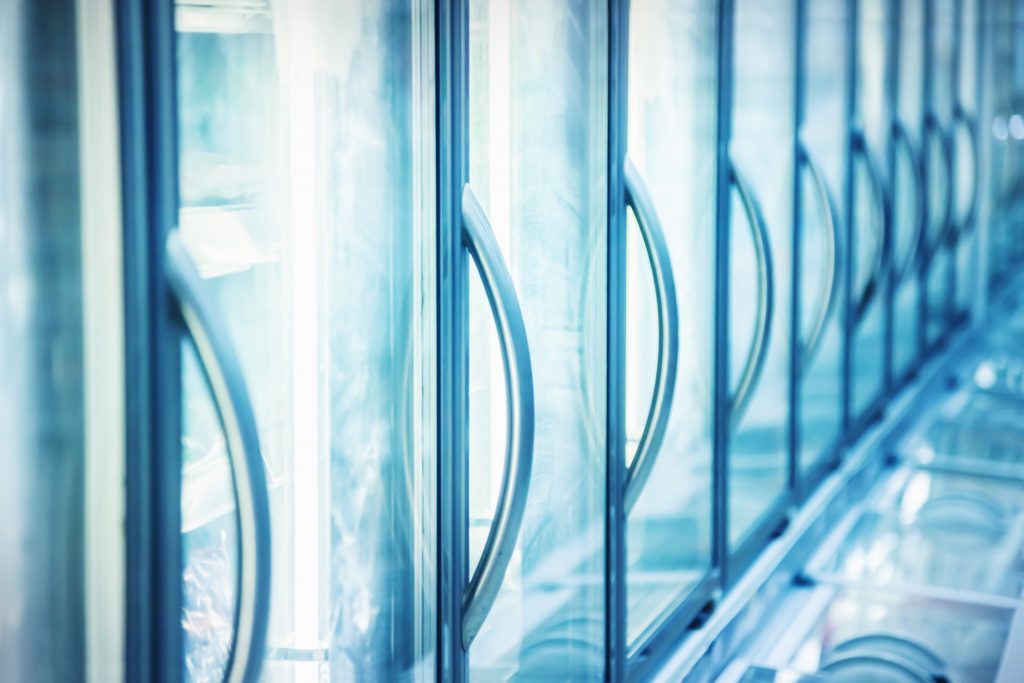
The reference standard, which initiated this complex process of change, is EU Regulation 517/2014, by which the European Union established the limitations. In fact, today fluorinated gases can only be used for specific purposes and with authorization. In addition, monitoring, recovery and recycling requirements, the adoption of a registration and control system, and training requirements for operators have been imposed (see SIAD F-GAS Academy proposals).
In particular, to significantly reduce the adverse effects caused by fluorinated gases, the EU has made it necessary to replace them with Environmentally friendly and alternative refrigerant gases with less impact (the target set for 2030 is the ceiling of 150 GWP, global warming potential) and made companies more responsible for ensuring that they are not released into the atmosphere, as can happen with fluid leaks and spills.
In Italy, the F-Gas Regulation was transposed by D.P.R. 146/2018, which adapted the national rules to the provisions of the EU Regulation and established responsibilities and penalties for noncompliance with the obligations under the regulation.
Fluorinated gases and GWP: an issue for environmental impact
Restrictions on fluorinated gases are justified by numbers and in particular by their GWP (Global Warming Potential) value, which is a measure of the global warming power of a gas relative to CO2.
GWP is expressed as a ratio of the greenhouse effect of a given amount of gas to the same amount of CO2. The higher the GWP of a gas, the greater its global warming power.
Well, the GWP of R404A, the most widely used fluorinated gas mixture before the F-Gas Standard came into effect, is 3922, meaning that if 1 kg of R404A was released into the atmosphere, it would have the greenhouse effect equivalent to 3922 kg of CO2.
To learn more write to: refrigeranti@siad.eu
